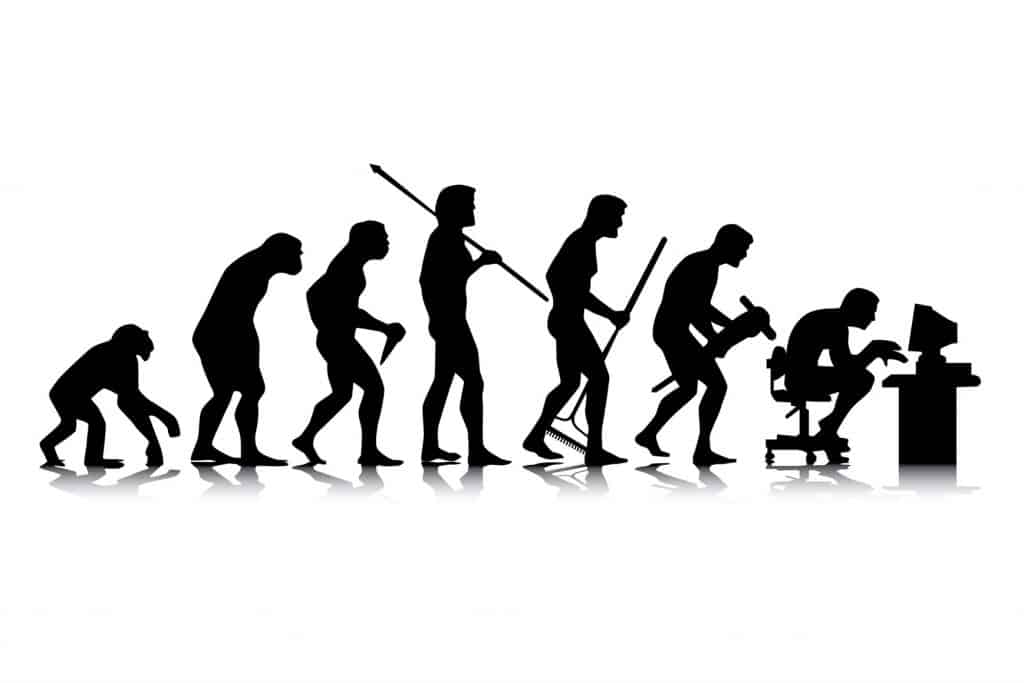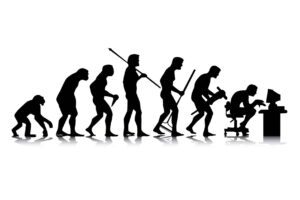Will robots replace our engineers? Fortunately, we’ll still need humans to do the thinking, but CNC’s are the future of machining.
Could technology put engineers out of a job?
The late 18th century brought the first industrial revolution to Britain with the mechanisation of the textile industry – the factory was born. The early 20th century saw Henry Ford master the moving assembly line and mass production. And now, another revolution is on the horizon. Clever software, agile robotics, three-dimensional printing and web-based services – new techniques that let us create ever more complex products. In some industries we’re already ‘printing’ products on a 3D printer. So, if this is the future, what does it mean for the engineers?
In the manufacturing industry, as with many others, computer-aided machines are playing an increasingly important role in helping businesses save money and increase profits. Computer Numerical Control (CNC) machines are doing the dull, repetitive tasks, and staff members are more often being employed as designers, engineers, IT specialists and logistics experts.
Let’s take one of our machines as an example. The Antil APR Robotic Arm – A robotic appendage that looks like Arnold ‘The Terminator’ Schwarzenegger’s stunt double, performs any bending, tilting or rotating operation effortlessly. With a simple programming procedure, carried out by anyone familiar with the bending process, this machine does the work of many men. It can run over night when all the staff have gone home, which equals higher productivity for the business. It can also handle heavy loads meaning that less staff is needed, and accident frequency is reduced.
With a computer-controlled machine, functions such as feed rate, coordination, location, speed and the ability to produce complex shapes, are vastly superior to what can be achieved with manual machining, certainly with any consistency. CNC is used to control the exact positioning and velocity of lathes, mills, routers and grinders, with more precision than manual machining. Whereas a human-controlled machine is only as precise as the person operating it. A CNC machine can carry out its function repeatedly and precisely, creating thousands of perfect copies, whereas objects controlled by humans will each be uniquely imperfect.
How will CNC machinery affect your business?
There’s no denying it, CNC is the future of manufacturing. Yes, the cost of a CNC machine may seem a little steep and as a complex machine it may need to be rigorously maintained, but the investment is worth it when you consider the cost of employing staff to do the same job.
Technological advancement is a means to create ever more complex tools to do the mundane jobs, while businesses improve their bottom line due to faster, and more accurate production. One of our popular machines that takes a leap towards the future is the interactive Morgan Rushworth mVision Pressbrake, with its complex 3D projections and graphic indication, it ensures the correct set up of tools every time and thus increases the speed of operation – ensuring a high level of efficiency and productivity.
CNC machines are increasingly being used in jobs that need a high level of precision that could not be achieved consistently by a human worker, or for very repetitive tasks. This does not mean that businesses will no longer need workers, it means that job roles will change.
Businesses will need to adapt to these changes to stay in the game – the savviest manufacturing business owners will take advantage of these technological advances.
The future is coming, and those businesses that don’t embrace it risk being left behind.
Published 13th February 2018


